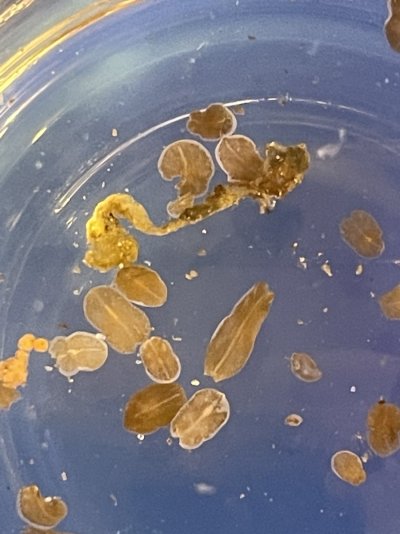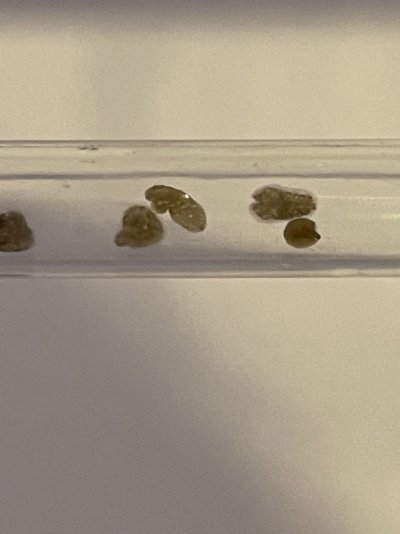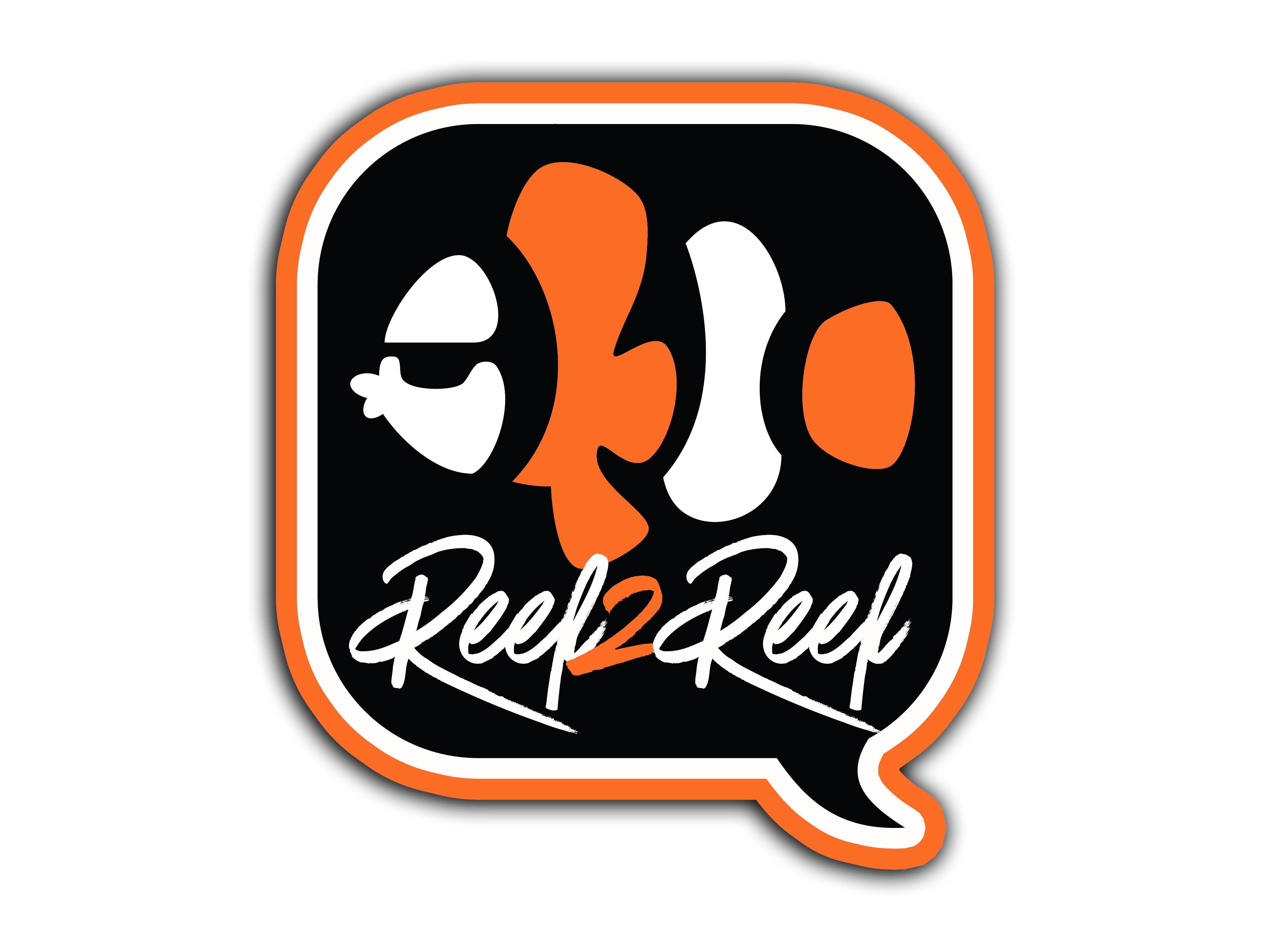Any pros out there that can verify the species of flatworm I have here?
—Brownish-purple in colour.
—they love mushroom corals only
—Melanarus wrasse, leopard wrasse, and mandarin will not touch them.
They aren’t really hurting anything but are kinda unsightly.
167 g system
50 gallon refugium
40 gallon sump , rollermat, protein skimmer.
low nutrient system —.07 phos / 6ppm nitrate
what other creatures eat these critters? Nudibranches are hard to find where I’m located in Canada due to poor shipping.
I really don’t wanna use flatworm exit, but these guys are pushing my limits lol manual removal in this tank is tedious…..
many alternative methods or creatures to combat this?


—Brownish-purple in colour.
—they love mushroom corals only
—Melanarus wrasse, leopard wrasse, and mandarin will not touch them.
They aren’t really hurting anything but are kinda unsightly.
167 g system
50 gallon refugium
40 gallon sump , rollermat, protein skimmer.
low nutrient system —.07 phos / 6ppm nitrate
what other creatures eat these critters? Nudibranches are hard to find where I’m located in Canada due to poor shipping.
I really don’t wanna use flatworm exit, but these guys are pushing my limits lol manual removal in this tank is tedious…..
many alternative methods or creatures to combat this?















